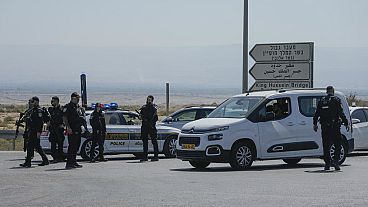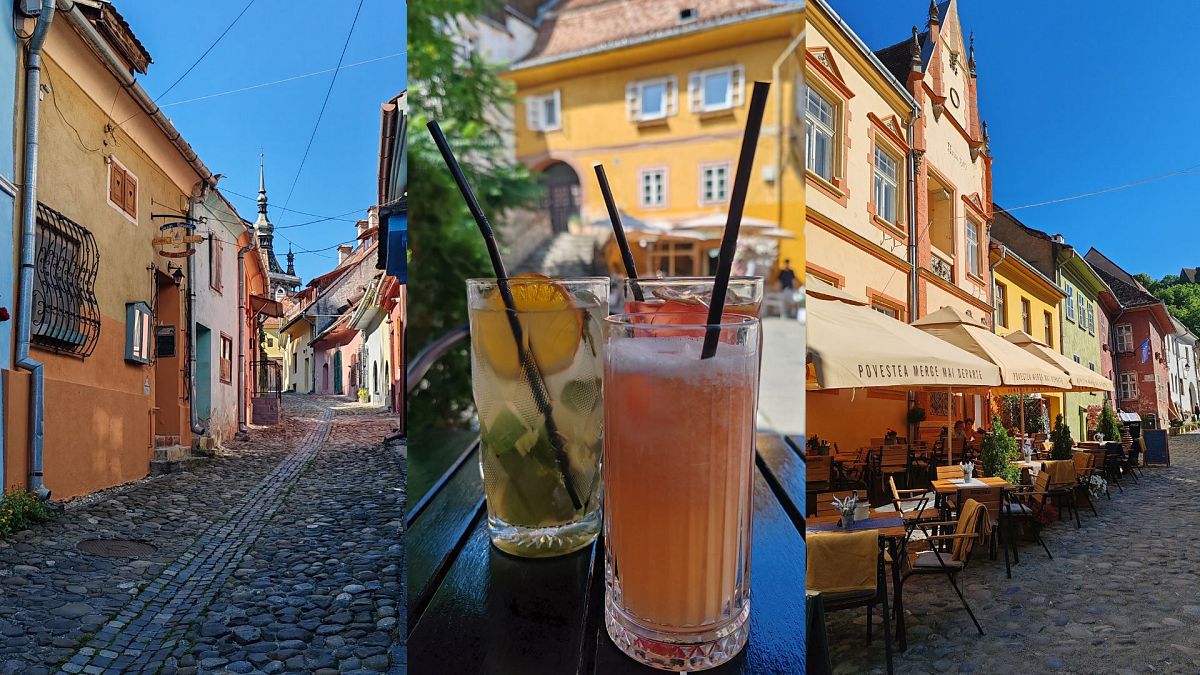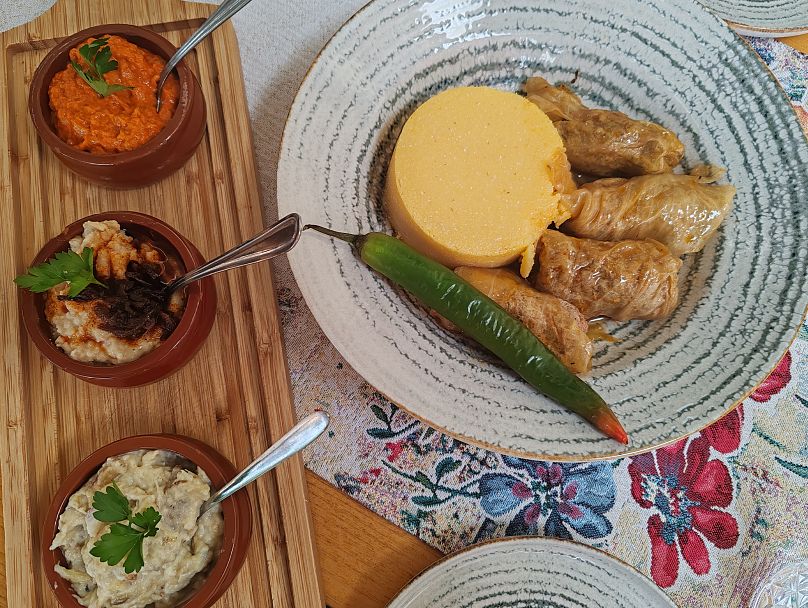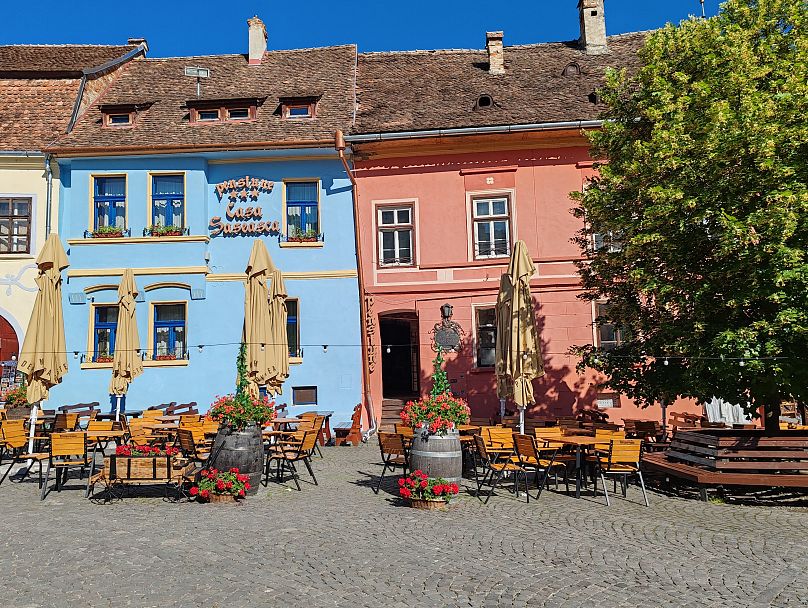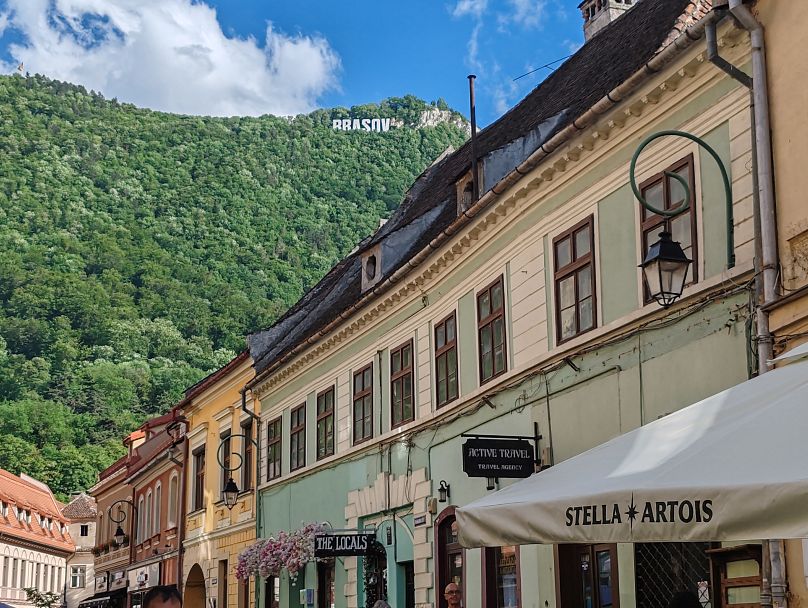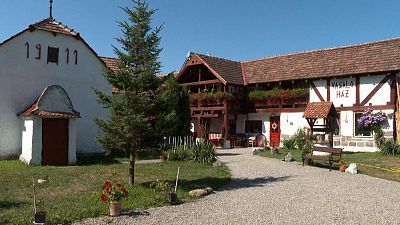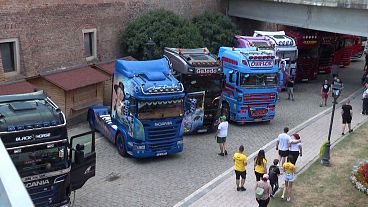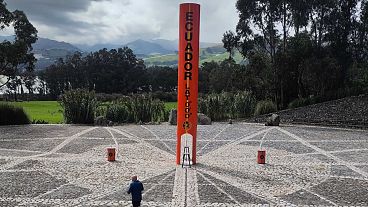With Romania now in the Schengen Zone, it means arrivals from within the free travel area are smoother and swifter.
On the ponderous, three-hour train journey between Romania’s capital Bucharest and the town of Brasov, I’m reading what is probably the most famous book set in the country.
Bram Stoker’s ‘Dracula’ has conjured an impression of Romania in the public imagination that is at times accurate but at other points laughably melodramatic.
Brooding castles on rocky outcrops that could hide all manner of bloodsucking creatures are in plentiful supply.
But I also find pastel-painted fairytale-esque villages, a booming speciality coffee scene and impressively-stocked wine bars.
With Romania now in the Schengen Zone, it means arrivals from within the free travel area are smoother and swifter. Here’s why you should book a trip this year.
What to do in Bucharest, Romania’s capital
The Romanian capital Bucharest is one of the main entry points by air to the country. A 20-minute taxi or car-sharing ride takes you from the airport to the city centre, the heart of which is fully pedestrianised.
There’s an energetic nightlife scene in Bucharest - on a Monday, the music from a bar below my rental is still pumping at 6am - but there are other attractions besides the parties.
In the historic Lipscani district, I visit the minuscule, highly ornate Eastern Orthodox Stavropoleos Church and pass the Old Princely Court where Vlad the Impaler once resided.
The city is also home to the world’s second-largest administrative building (after the Pentagon) - the grandiose, multi-tiered Palace of Parliament.
The most beautiful villages in Romania
I leave Bucharest for Romania’s rural attractions, making use of its very cheap but distinctly unhurried rail network.
Transylvania, a forested region ringed by the Carpathian mountains, is peppered with beautiful towns and villages.
My first stop is Brasov, an elegant, pastel-hued town with a fan-shaped main square thronged with outdoor cafes and bars.
The town boasts its own version of the Hollywood sign which you can reach via a cable car and short hike.
Another pleasant walk circumnavigates the centre passing by the fairy castle-esque Catherine Gate and the Black and White medieval watchtowers.
I try excellent Romanian wine at Terroirs Boutique du Vin with a bottle working out at around €20.
I travel on to Sighisoara, smaller in scale but equally photogenic. Narrow cobbled streets and wide squares are lined with pale blue, peach and yellow houses.
But the historic appearance belies its modern hospitality scene of stylish speciality coffee shops, juice bars and lounge bars.
At Gasthaus Altepost, I eat a Romanian feast of creamy eggplant dip, sarmale cabbage leaf rolls stuffed with minced meat, and three different varieties of grilled sausages.
Bran Castle: Romania’s most famous attraction
Prepped by the description in Dracula and the horror film-like publicity in nearby Brasov, I find Bran Castle is very different from my expectations.
It is unclear if the castle did actually inspire Stoker and even if it did, it is far from resembling a vampire’s lair today.
Extensively reconstructed, it became the retreat of Queen Marie, the last queen of Romania, in the 1920s and now has flower-filled gardens, interiors with historic furnishings and a pretty internal courtyard.
On the upper floor, however, it satisfies visitors’ vampire curiosity with an informative if theatrically kitsch exhibition about the dark and dangerous creatures that inhabit Romanian folklore.
In a way, the castle sums up Romania perfectly. Shrouded in legend and mistakenly often considered stuck in the past, the country generally surprises visitors with its bright, modish urban centres and well-curated, vampireless attractions.


